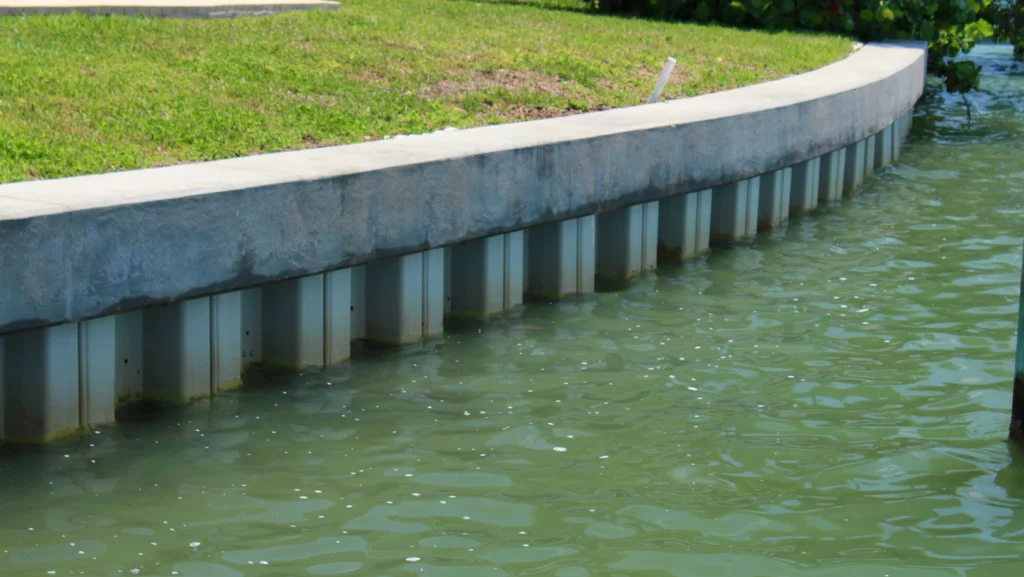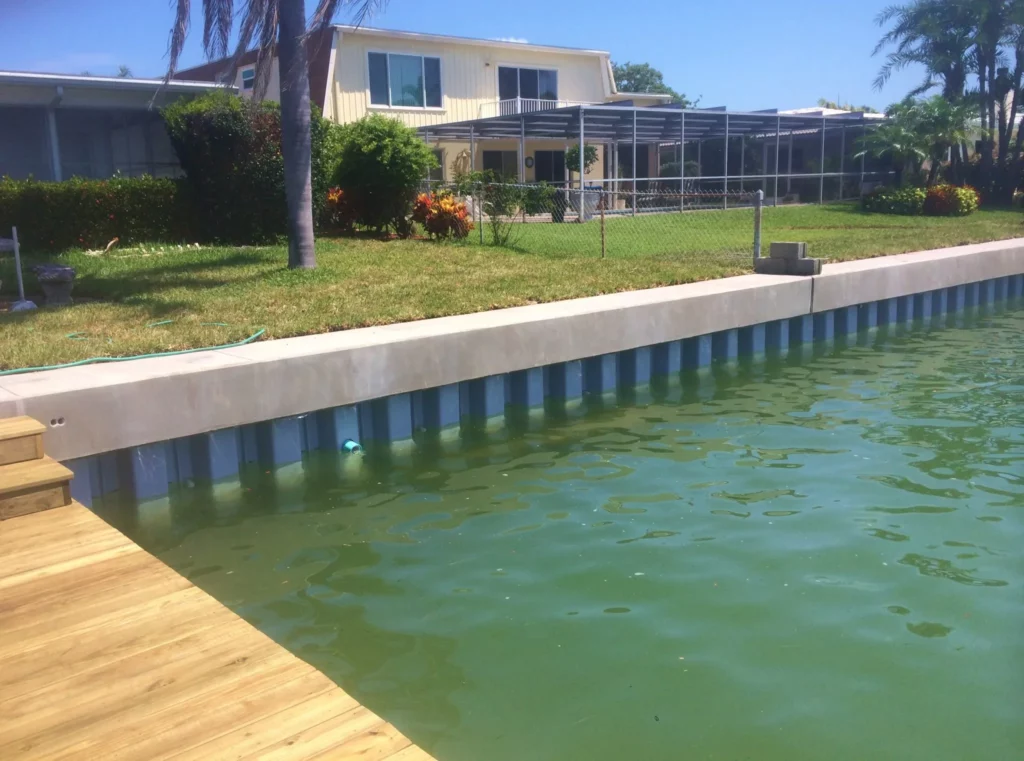The Official End of the 2021 Atlantic Hurricane Season
The 2021 Atlantic hurricane season officially ends on November 30, 2021. Experts predicted that it would be another active, above average hurricane season. Let’s see how accurate the expert’s predictions were and how it compares to previous seasons. How Did the 2021 Atlantic Hurricane Season Compare to Expert Predictions? The Colorado State University (CSU) Tropical […]
The Official End of the 2021 Atlantic Hurricane Season Read More »






